Going for the Gold: The Score for "Goldfinger" Remastered and Reassessed - PART 1
LaLaLand Records’ latest offering of John Barry’s iconic score is an Essential Slice of Pop Culture History, one worth exploring

“Do you expect me to talk?”
“No, Mr. Bond - I expect you to die.”
It’s an iconic scene and moment in film history, and indeed in the popular culture. The screen’s ultimate Man of Action and serial Me Too offender is strapped not to a bed of soft pillows for imminent carnal delights, but rather to a bed of hard steel for imminent castration by a very purposefully directed laser beam, at the hands of one Auric Goldfinger, the menacingly jocular rotund super-villain du jour with an obsession for gold and a penchant for cheating at golf. (The Bond films can be quite prophetic...)
“Choose your next witticism carefully, Mr. Bond. It might be your last…”
Lights out indeed!
As the laser beam nears the family jewels, Sean Connery’s Bond looks far more worried than in his myriad other close encounters with death. The vulnerability and fear drip off him like the sweat that beads his brow because, I suspect, of the imminent frying of the one thing he holds dearer than his life: his pride. (Why... what did you think I meant?)
Is it just me? Whenever I see this film in a theater I always sense the male viewers shift a little uncomfortably in their seats, while their female companions betray the merest hint of a smile. How wicked!
How delicious!
What is essentially a ridiculous scene is transformed into an incredibly tense one, something that might betray a little too much of the darker regions of the human psyche thanks to the steely accompanying music provided by John Barry. Slow moving chords and repetitive motifs punctuated by harps and xylophone, together with chromatic strings quoting the title song theme, ratchet up the musical and dramatic tension - and capture in purely musical terms the golden lethality of the approaching laser beam. The music fairly glitters as it threatens.
And so it goes throughout this film, in which the Bond formula was solidified (and never bettered), and the whole Bond ethos was defined and given voice - definitively - by the music of John Barry, creating that immutable, unmistakeable Bond sound. Just as much as the Beatles and the Stones and the Beach Boys and jazz, this sound defined the 60s, and created a new sense of "cool". And the music for Goldfinger is Ground Zero for that particular brand of "cool" epitomized by the James Bond brand.
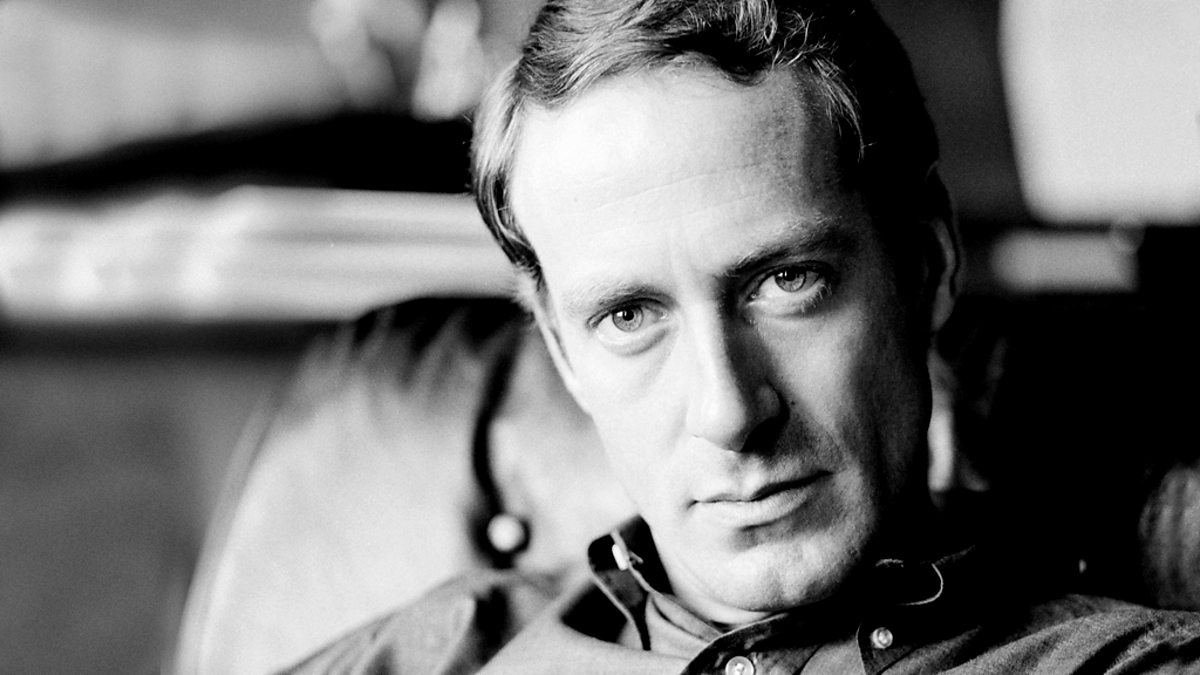 John Barry
John Barry
We are all now so familiar with that sound that maybe we forget what a heady concoction it is: of burnished brass; of sometimes chattering, sometimes bluesy winds; of alternately stabbing and swooning strings; of an underlying rhythmic pulse that even when you don't hear it is still there. All is inflected by jazz chords and mod pop stylings. The Barry/Bond sound has been around for so long, has so permeated the musical landscape, that it’s easy to forget just how fresh it must have all sounded back in 1964.
Barry had put his musical stamp on the Bond franchise from the get-go in Dr. No (1962), with his iconic “James Bond Theme” arrangement, derived from a melody furnished by that film’s composer, Monty Norman. With the sequel, From Russia with Love (1963), Barry - now fully in charge of Bond’s musical profile (apart from that film's theme song by Lionel Bart) - built out from the “James Bond Theme” to encompass musical travelogue elements (so crucial to his Bond scores) while further developing and deepening the Bond musical signature. (For more on the Barry/Bond sound and scores, check out my earlier articles here, and here).
But it was with Goldfinger that Barry hit gold, so to speak, first with that instantly classic title song - finally Barry's own - that introduced the unparalleled pipes of Shirley Bassey to the franchise - she would would have two more iconic title song outings in the years that followed, Diamonds are Forever (1971) and Moonraker (1979); and second with a score that not only captures and amplifies the unique aura of this particular story, its hero and its villain, but would set a template for future action adventure scoring.
Like I mentioned before, the music of Goldfinger is so familiar, so deeply embedded in the pop cultural musical consciousness, and our collective musical memory, that the opportunity to hear it anew, to get hit between the ears afresh by Barry’s dazzling achievement doesn’t really come along too often.
Which is why this new release of every note of the score, marking the film’s 60th anniversary, newly remastered and with detailed annotation from the ever reliable LaLaLand Records, is such an event for film music lovers and James Bond/John Barry fans. It’s part of a recent release of three more Barry/Bond scores, all of which I will be reviewing here. (You can read my reviews of previous releases in this series of Bond remasters, George Martin’s Live and Let Die here, and Barry’s Octopussy here).
This release of Goldfinger is especially noteworthy, not simply because of the importance of the score in general, but because its previous vinyl and CD releases had all to one extent or another been compromised. Here LaLaLand sets the record straight, with updated sonics, additional tracks (including the alternative vocal take of the title song that was released as a 45rpm single in ‘64), and new track sequencing to reflect the original order of the music’s use in the film. Collectors everywhere should rejoice.
THE FILM

Veteran British director Terence Young firmly established the key elements of the Bond ethos in the first two films, Dr. No (1962) and From Russia with Love (1963). He molded an unknown, working class Scottish lad who’d grown up in profound poverty, a former body builder with little acting experience, into a suave, ruthless, but ever-so-elegant killing machine both in and out of bed, via Young’s own Savile Row tailor and coaching in Public School lethal charm and ruthlessness, and made a star of Sean Connery in the process.
 Sean Connery on the set of Thunderball (1965) with Terence Young
Sean Connery on the set of Thunderball (1965) with Terence Young
The two films established the two different narrative lodestars that would guide all future Bond narratives: the super villain who must be stopped from destroying the world from his secret lair (Dr. No), and the more down-to-earth thriller maneuverings of spies and villains out to shift the Cold War balance or further their own criminal enterprises (From Russia with Love). Goldfinger, while clearly falling into the former narrative camp, also incorporates many of the more serious thriller elements of the latter, lending it a tautness that began to dilute in subsequent films.
Like Terence Young, the new director for Goldfinger, Guy Hamilton, was a product of the British upper classes, though hardened by some serious wartime action for which he was awarded the Distinguished Service Cross. Working his way up through the ranks of the British film industry, a formative influence was the great Carol Reed, with whom he worked on several films including The Third Man (1949). Moving into directing himself, an early success was the gritty prisoner-of-war drama, The Colditz Story (1955), a childhood favorite of mine.
 Guy Hamilton (l.) on the set with Connery and Honor Blackman
Guy Hamilton (l.) on the set with Connery and Honor Blackman
Hamilton, working from a finely-honed screenplay by Bond stalwart Richard Maibaum and Paul Dehn (a former spy himself, and future author of the ultimate anti-Bond classic, The Spy Who Came In From The Cold [1965]), succeeded in blending the disparate elements that came to define the Bond films with a polish and verve that has, for many fans, never been equalled. A larger-than-life villain (Goldfinger, played by the superb Gert Frobe), with a relentless, seemingly invincible henchman (the Korean bruiser Oddjob, played by Japanese-American wrestler Harold Sakata), is masterminding an almost unbelievable scheme to irradiate the world’s largest gold supply at Fort Knox with a nuclear device, with the aid of a fleet of voluptuous pin-up girl pilots.
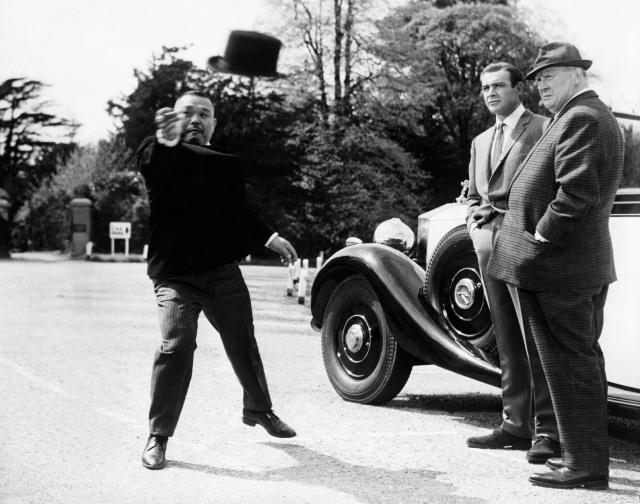 Oddjob (Harold Sakata, l.) demonstrates his lethal hat skills to Bond and Goldfinger (Gert Frobe)
Oddjob (Harold Sakata, l.) demonstrates his lethal hat skills to Bond and Goldfinger (Gert Frobe)
Along the way violence, sex and riveting action sequences given an extra jolt by the groundbreaking editing of series stalwart Peter Hunt, range across exotic locations and are given a wink and a nod by Bond’s blackly humorous quips (“Shocking. Positively shocking,” Connery declares in his signature Scottish brogue after frying a would-be assassin in a bathtub).
 Honor Blackman as Cathy Gale in The Avengers, a cult British TV spy show (with elements of sci-fi and surrealism) that followed in the wake of the success of the first Bond films. It brought us two of the greatest Bond girls - first Honor Blackman, later Diana Rigg (On Her Majesty's Secret Service) - and also Patrick MacNee, who did his own stint in a Bond picture in A View To A Kill
Honor Blackman as Cathy Gale in The Avengers, a cult British TV spy show (with elements of sci-fi and surrealism) that followed in the wake of the success of the first Bond films. It brought us two of the greatest Bond girls - first Honor Blackman, later Diana Rigg (On Her Majesty's Secret Service) - and also Patrick MacNee, who did his own stint in a Bond picture in A View To A Kill
Add to this some cool gadgets, the glamorous Honor Blackman as the eyebrow-raising Pussy Galore ("I must be dreaming", leers Connery), the signature Aston Martin DB5 - the Bond car to end all Bond cars - and that still-shocking scene where Bond’s latest conquest, the unwitting Jill Masterson (Shirley Eaton), meets her eerie end courtesy of a coating of gold paint.
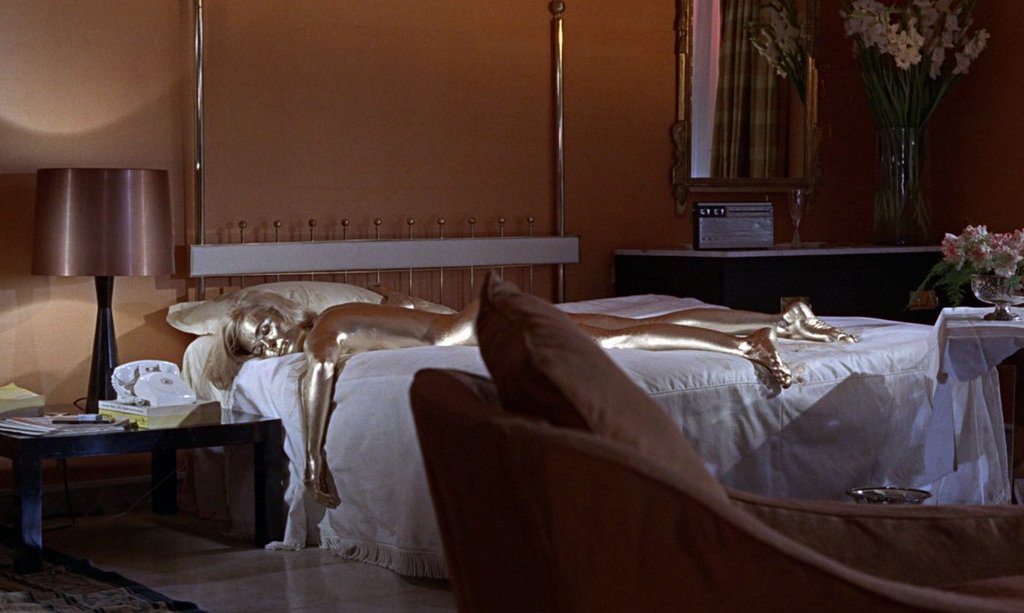
I saw Goldfinger again a few years ago with a sell-out crowd of several thousand at the Hollywood Forever cemetery, many of whom were in their 20s and 30s. They lapped it up and the film had only dated in so far as it was the perfect encapsulation of the early 60s. As perfect a piece of pop culture entertainment now as it was then, the film is the embodiment of sublime craftsmanship concealing crafty art.
And integral to the film’s status and resonance across the years was its music, as fresh now as it was then, constantly keeping things moving and adding so many layers of drama, color and effortless "cool" to the proceedings. Before the screening a DJ spun an hour-plus of music from that time all betraying the strong influence of the Barry/Bond scores and songs. It’s almost impossible to overstate just how defining that sound was on the music of the era.
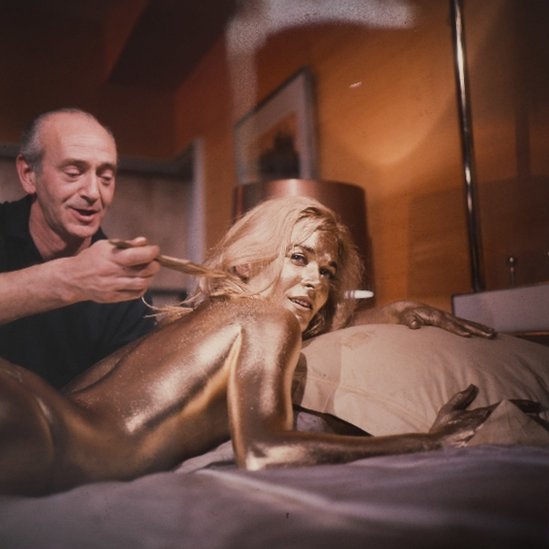 Preparing Shirley Eaton for her iconic death scene
Preparing Shirley Eaton for her iconic death scene
THE SCORE
 French poster for Goldfinger
French poster for Goldfinger
“Bond music isn’t ordinary Mickey Mouse music - it is Super-colossal Mickey Mouse music! A Bond film is geared to give entertainment - in terms of colour, thrills, laughs - on a giant scale and I have to write music to match what is happening on the screen.”
John Barry in 1965.
Michael Caine loves to tell the story of how he was the first person to hear the famous tune that would become the title song to Goldfinger, and indeed he repeated this tale at the tribute concert to Barry at the Royal Albert Hall on June 20th, 2011, following the composer’s passing.
In Jon Burlingame’s essential guide to The Music of James Bond (a condensed version of the chapter on Goldfinger accompanies this CD reissue), we get all the details:
In the spring of 1964, actors Michael Caine and Terence Stamp were thrown out of their apartment (“for rent arrears” according to Caine; “a little too much traffic going through there, the ladies, you know,” suggested John Barry).
Stamp found other accommodations. Caine asked Barry if he could temporarily sleep in his spare bedroom. As they were all friends and regular lunch-mates at songwriter Leslie Bricusse’'s Pickwick Club in Great Newport Street, Barry couldn't say no. So for months, Barry and Caine were roommates in the composer’s Cadogan Square apartment.
Caine recalled one particular night: “He bloody played the piano all night. I was upstairs trying to get to sleep, and when I came down in the morning to breakfast, he was sitting there. He hadn't been to sleep either. He looked at me and said, listen to this, and played me a tune. I knew he was working on a Bond film, but I didn't know what he was writing. I was the first person to hear ‘Goldfinger’”.
Barry said it took him more than one night to write the most iconic song in the history of the Bond movies. But regardless of how long it took, it was Goldfinger, both music and movie, that truly defined the James Bond Cinema experience. Everything came together, said Barry, the song, the score, the style.
The title song was to be Barry’s first pop song per se, and he labored mightily over it. His eventual lyricists comprised his friend Leslie Bricusse (a future Oscar-winner for his work on Doctor Dolittle and Victor/Victoria) and his writing partner, Anthony Newley, who had just had a big international stage hit with Stop the World, I Want to Get Off (and was later Oscar-nominated for his score for Willy Wonka and the Chocolate Factory).
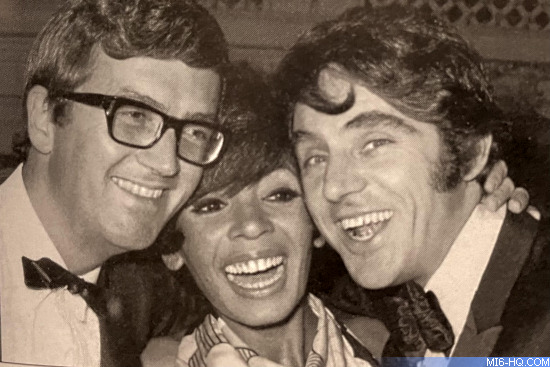 Leslie Bricusse (l.), Shirley Bassey (c.) and Anthony Newley (r.)
Leslie Bricusse (l.), Shirley Bassey (c.) and Anthony Newley (r.)
Initially flummoxed by how to approach the lyric, and the need to incorporate the name of the title villain into the song, a breakthrough came when the lyricists hit upon the internal rhyming scheme of the phrase “the Midas touch/ a spider’s touch”, and referenced the pivotal scene where the Shirley Eaton character is painted gold: “For a golden girl knows when he’s kissed her / It’s the kiss of death from Mister Goldfinger…”
From the get-go Barry had his friend and collaborator Shirley Bassey in mind for the title song. He wanted a voice that would convey a certain metallic quality, that could cut through the full orchestra with its huge brass chords and percussion, and yet also fully communicate the emotional depths of the song with conviction. Rarely for her, Bassey signed on to the gig the moment she heard Barry play her the demo, with no lyrics yet completed: “The moment he played the music to me, I got goose pimples, and told him, ‘I don’t care what the words are, I’ll do it.’"
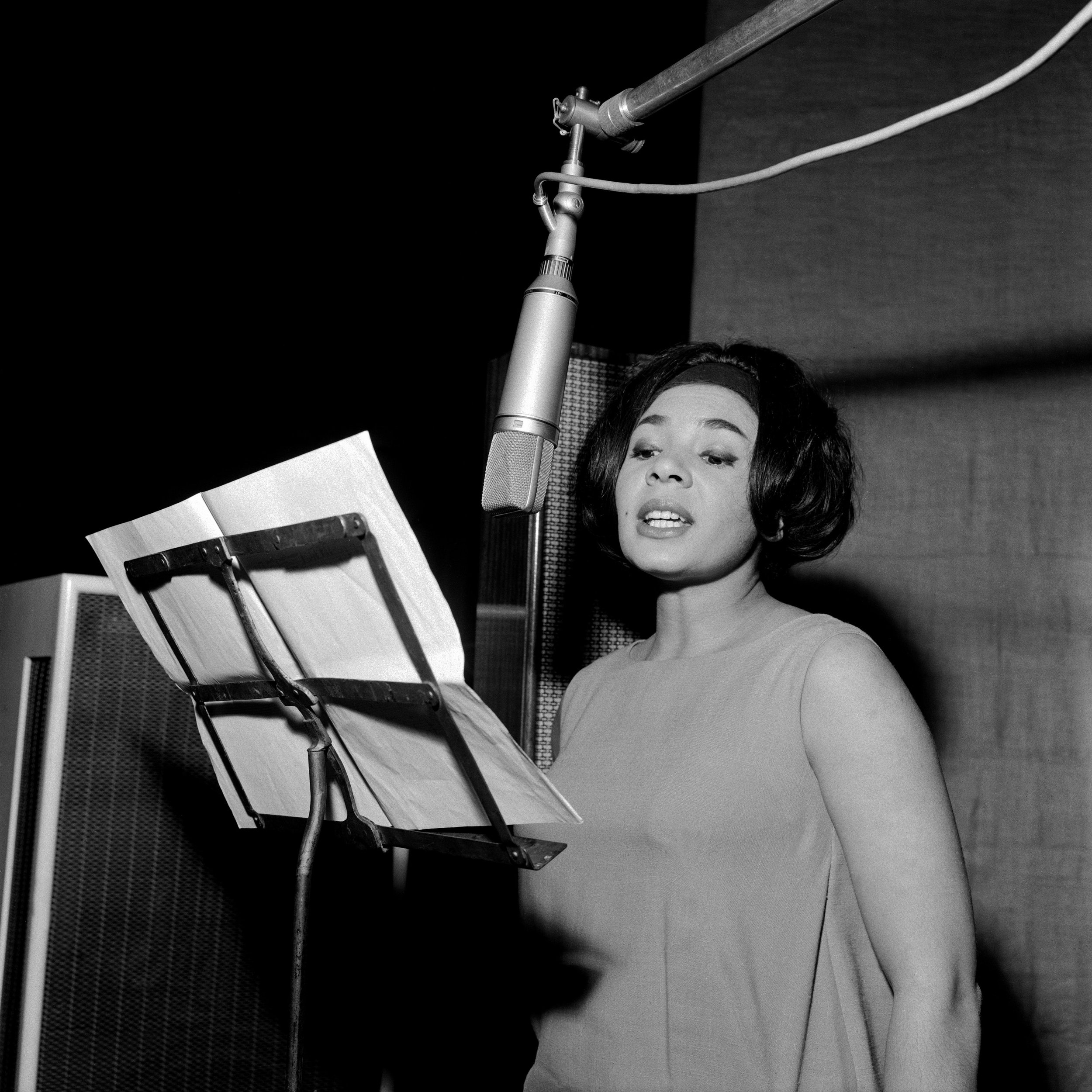 Shirley Bassey
Shirley Bassey
Stories about the session to record the song are legion, from guitarist Vic Flick’s recollection of Bassey flinging her bra out of the booth so that she would be unconstricted for the massive final high note that she held seemingly forever, to future Zeppeliners and then session men Jimmy Page and John Paul Jones’s recollections of her almost passing out (recounted in the documentary Becoming Led Zeppelin).
The iconic opening brass fanfares and howls that open the song were not all actually in the original score - Barry came up with them during the session itself (held at CTS Studios in Bayswater), getting his copyist to hastily add them to the orchestral parts during a tea break.
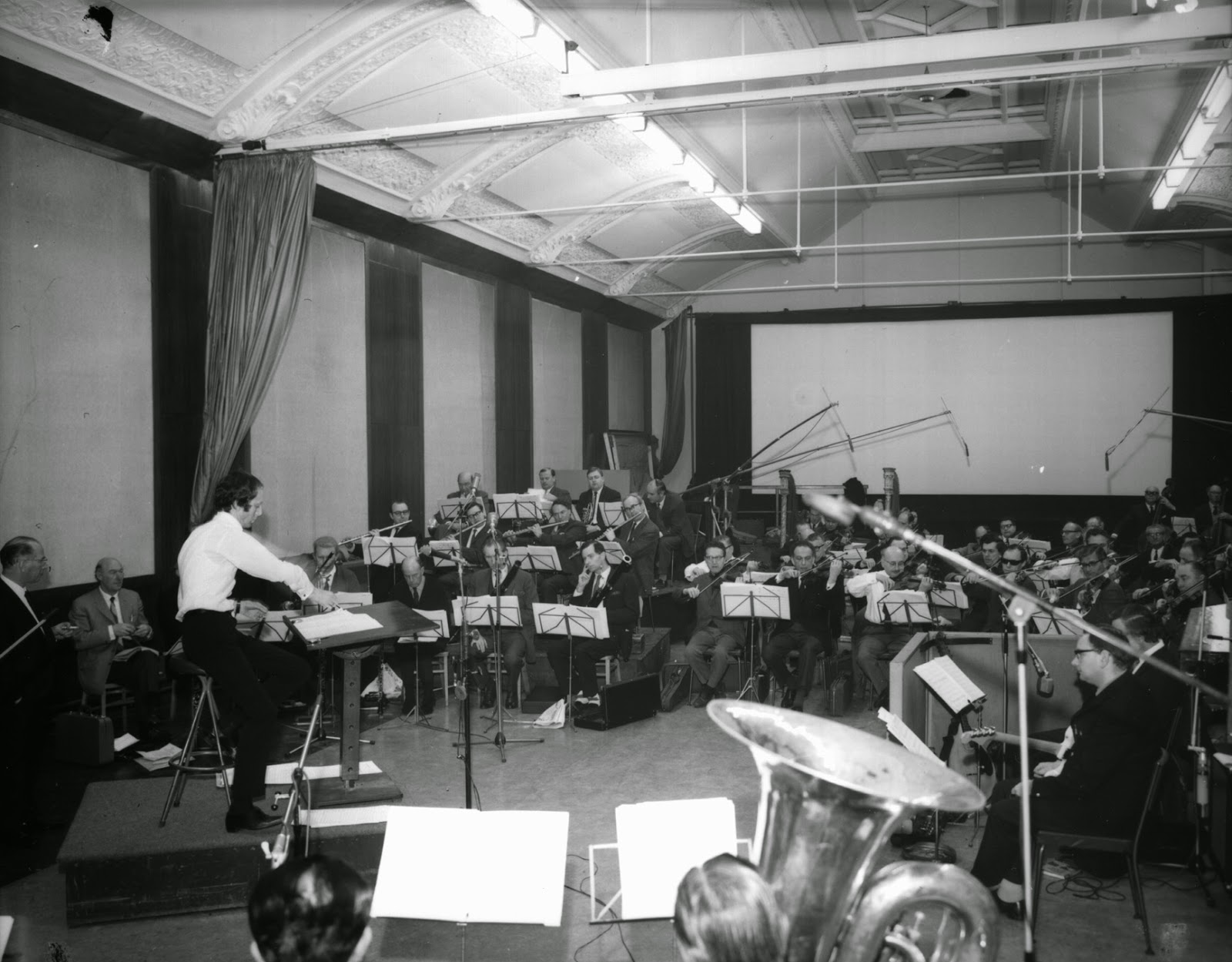 John Barry recording You Only Live Twice at CTS Studios in 1967
John Barry recording You Only Live Twice at CTS Studios in 1967
Barry is quoted in greater detail on this addition in Geoff Leonard’s and Peter Walker’s essential Music by John Barry:
“All I had at the beginning were those Wagnerian chords - the F to D flat. At the break, I went back to the piano and came up with that line (the ‘wah wah, wah wah wah’ brass line) – and it was like a common scream, but it worked like a bitch. I told the trumpeters, ‘I need wah wah mutes on this new line that we're adding in’, and when they did it everybody went ‘Wow! That's great!’’
More than anything else, apart from the chromatic bass line and guitar pluckings of the James Bond Theme itself, it is those wah wah trumpets that became the quintessential Bond/Barry musical signature, reworked in endless permutations by himself and other composers down through the years.
As to the rest of the score, the composer elaborated on his process in a 1965 interview in Showtime magazine (quoted here from the book Music by John Barry):
“To write the score, you have to steep yourself 100% in the mood of the film. I know people have found it hard to credit reports that I have never read a Bond book. Well, it's true and I still haven't! But I do plenty to ‘get with’ a Bond film. Firstly, I study the script, then I go out on locations and make regular visits to the studio to see them shooting interior scenes. I also sit through rushes, concentrating until my head aches; all this happens prior to actually writing, for I seldom start the writing process until I have seen a complete rough version of the film.”
It is at the rough cut stage where the real hard work begins, as he revealed:
“I have a timing sheet on which I note what is wanted musically. I may need long sequences lasting several minutes, or I may have to deal with an action scene lasting no longer than 10 seconds. But, whatever I do, my timing must be right to within a third of a second, and above all, I must then put myself in the place of the average filmgoer. As far as possible, I must anticipate his or her feelings and reactions.”
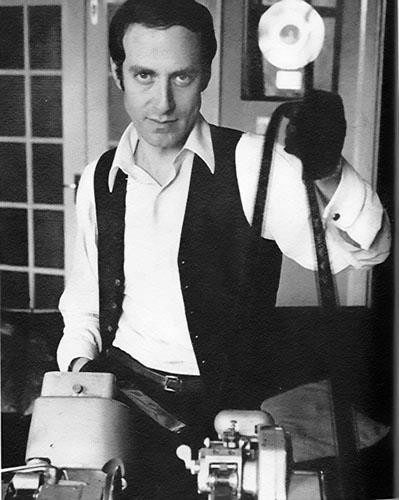 John Barry with his trusty moviola
John Barry with his trusty moviola
Barry frequently lends a distinctive sonic character to each Bond film, reflective of its particular themes, characters (and character), and milieu. For Goldfinger Barry turned to hand cymbals to evoke the glittering qualities of gold, first heard at the appearance of Goldfinger’s lethal henchman, Oddjob. Strong brass sonorities throughout the score emphasize gold’s power and indestructibility - and its seductive allure. To those elements he added harp and xylophone punctuations.
In Barry’s mind, Goldfinger remained forever the quintessential Bond score, the one in which he first was able to codify and fully exploit the interweaving of the main theme throughout the score, and to most fully realize the “Bond sound”. It was his personal favorite amongst many exceptional scores for 007.
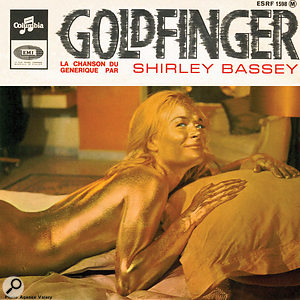 French single for Goldfinger
French single for Goldfinger
Although the main title song, released as a single (with a different vocal track to the one heard in the film), did not chart highly in the UK, it took off a like a rocket in the States, and the subsequent soundtrack albums brought Barry his first Gold disc for one million dollars’ worth of sales (going on to sell two million copies in six months), plus his first Grammy nomination.
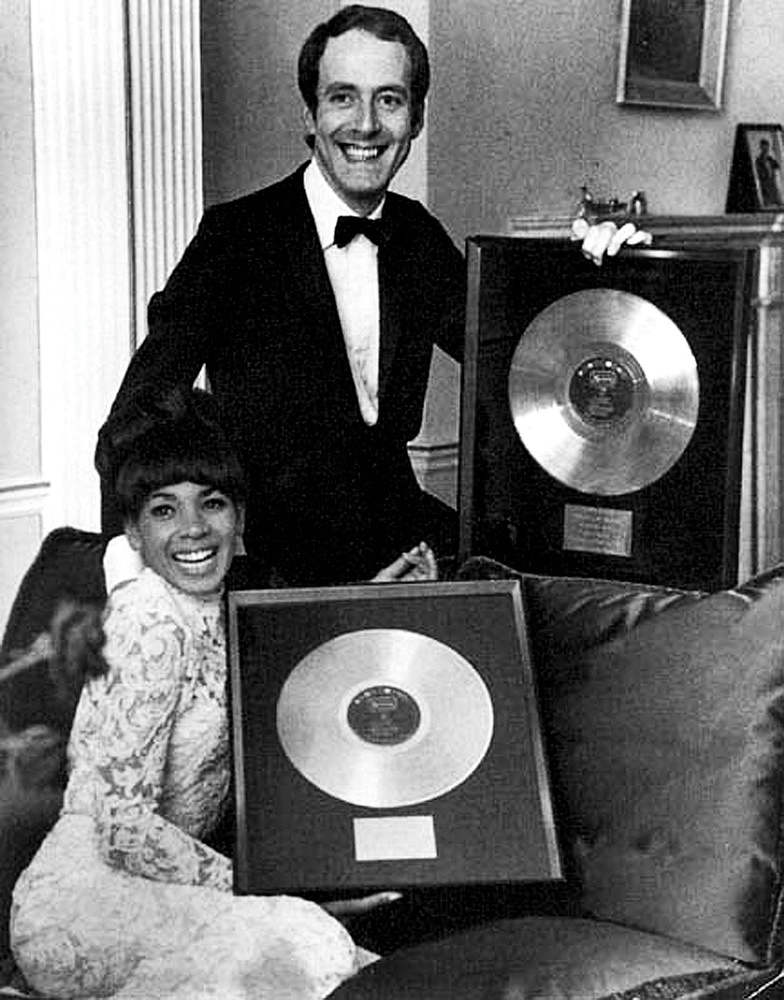 Shirley Bassey and John Barry show off their Gold records
Shirley Bassey and John Barry show off their Gold records
At Barry’s memorial concert at the Royal Albert Hall, it was Shirley Bassey’s rendition of the title song that ended the evening and brought down the house.
In Part 2 I cover the history of the Goldfinger soundtrack on vinyl and CD, and review the new LaLaLand reissue in detail.
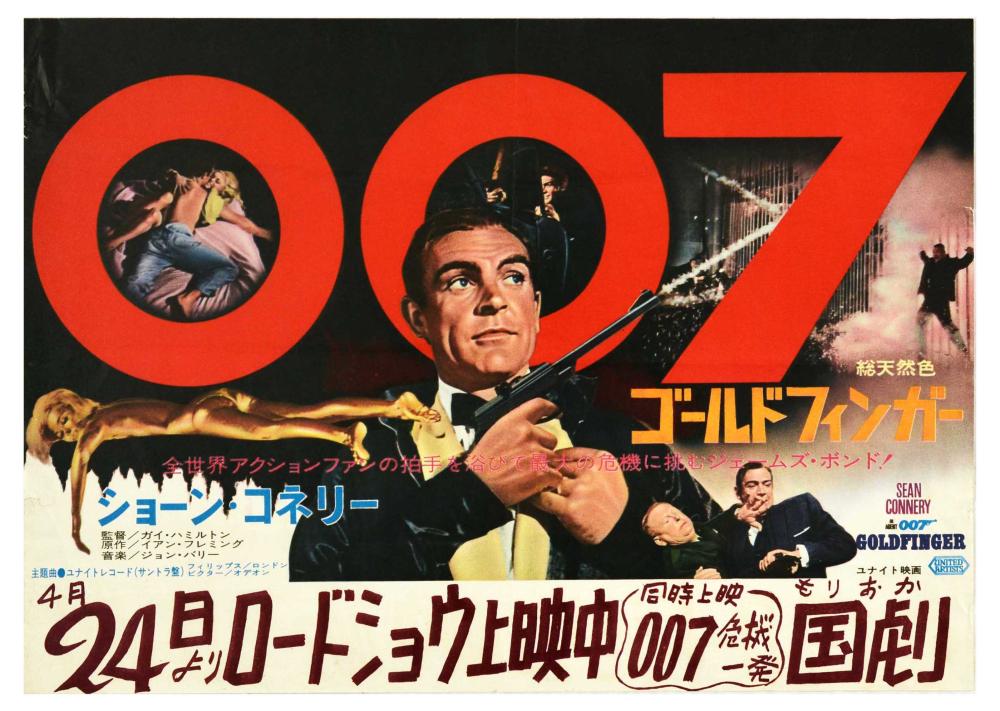 Original Japanese poster for Goldfinger
Original Japanese poster for Goldfinger







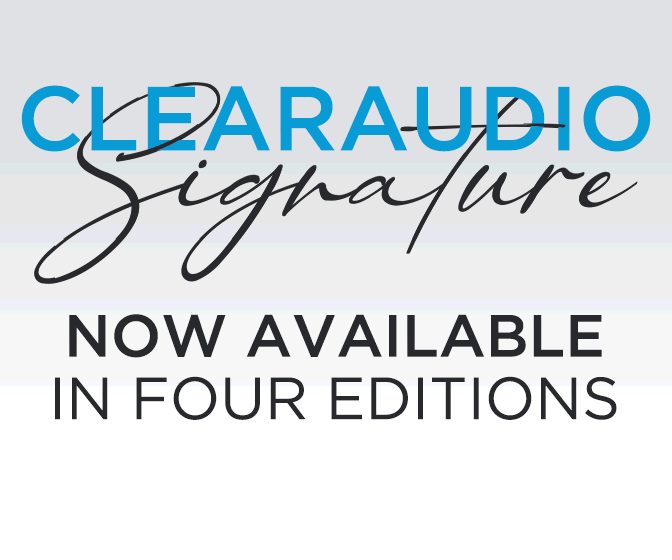


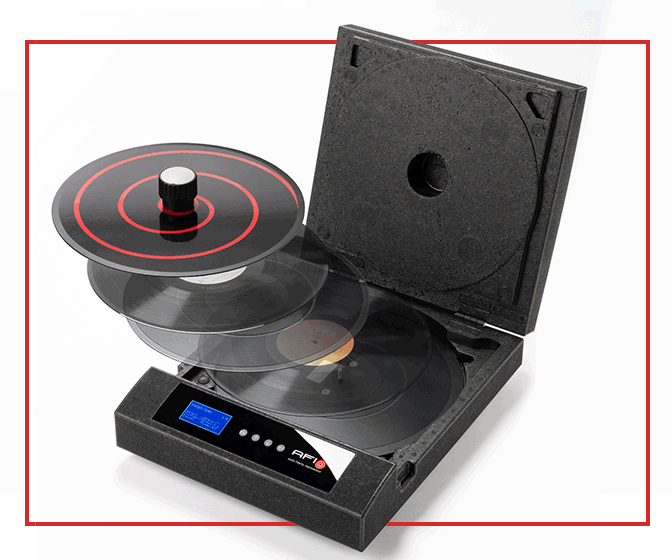

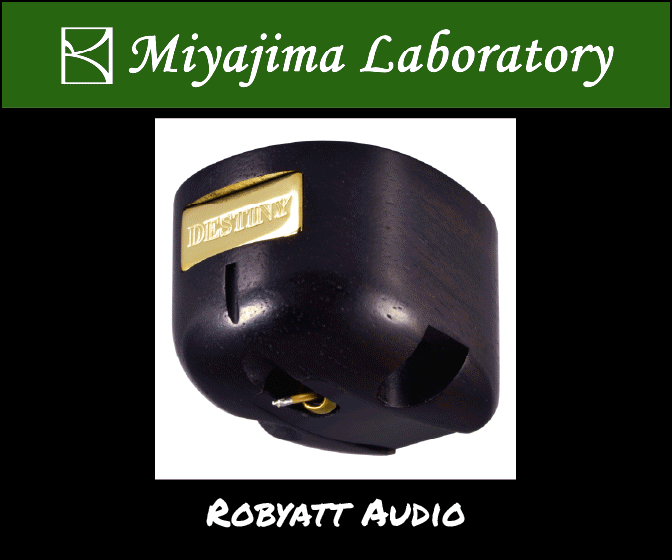
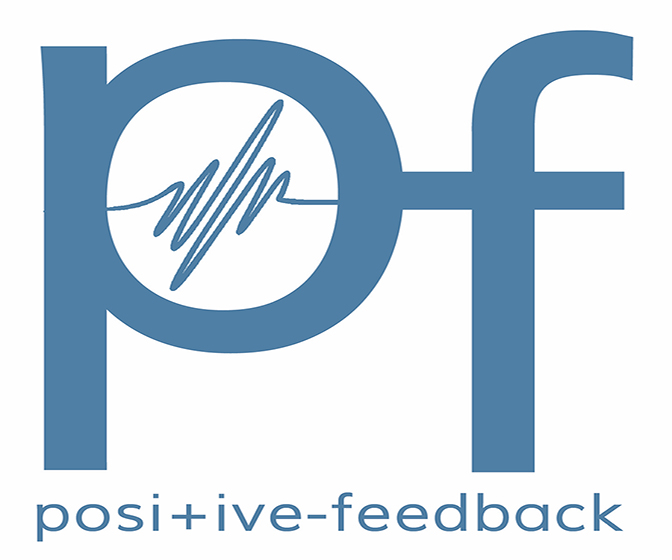




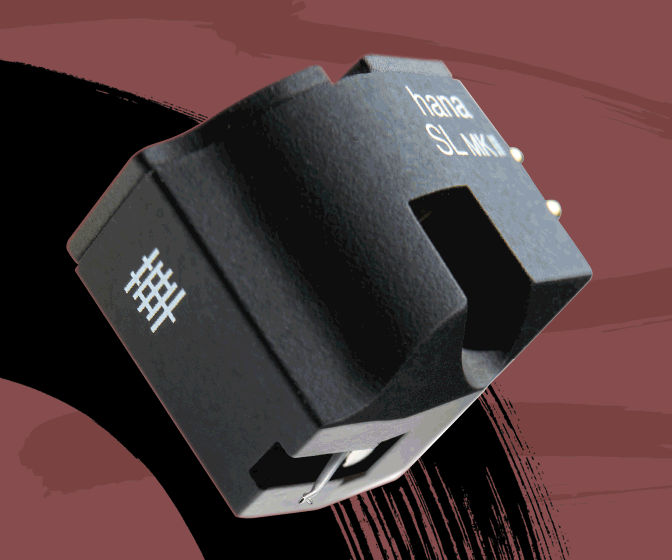

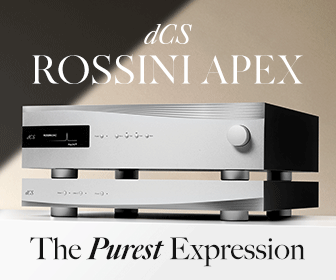
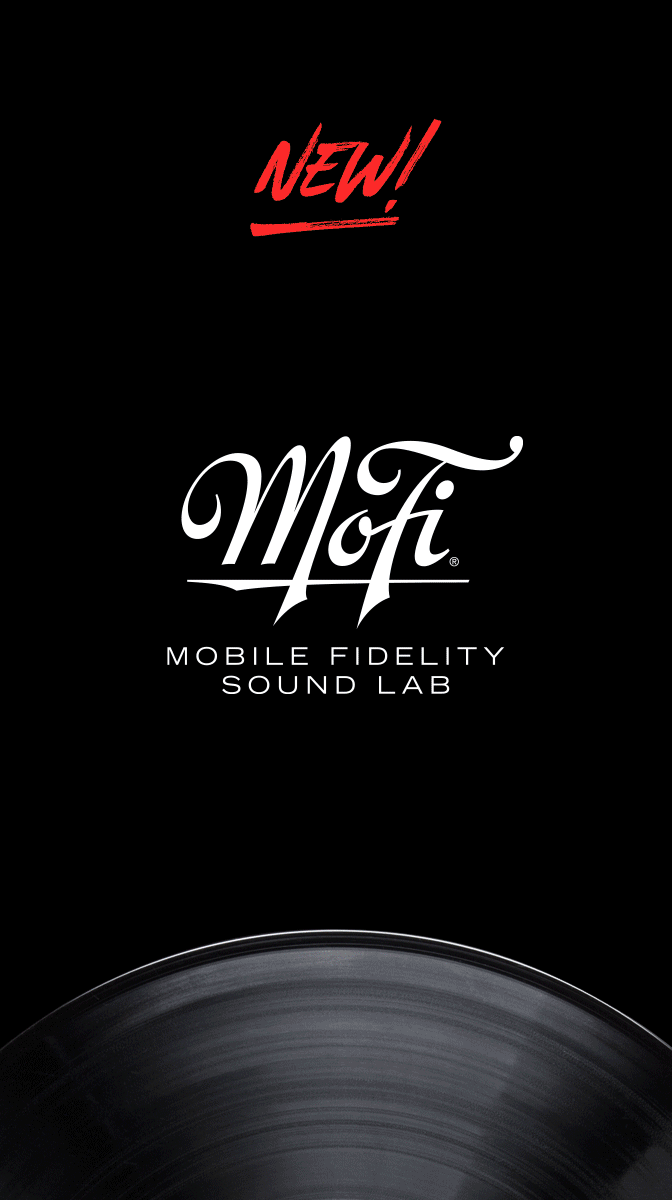

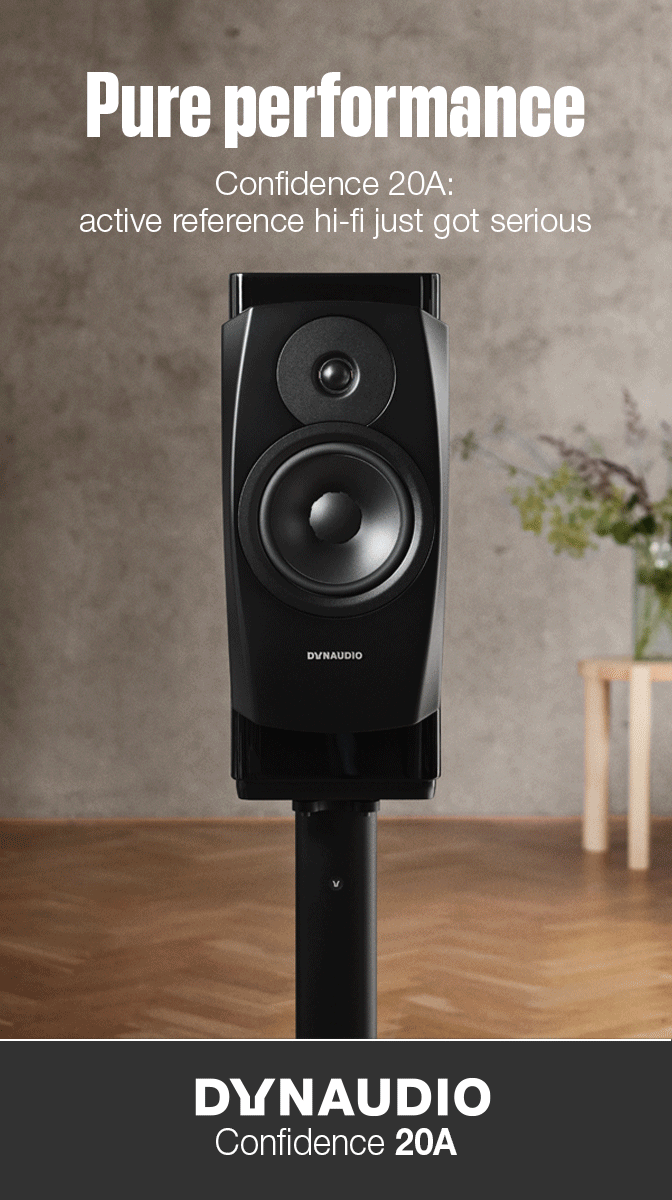

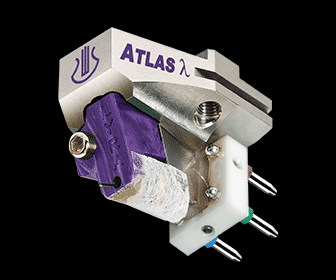

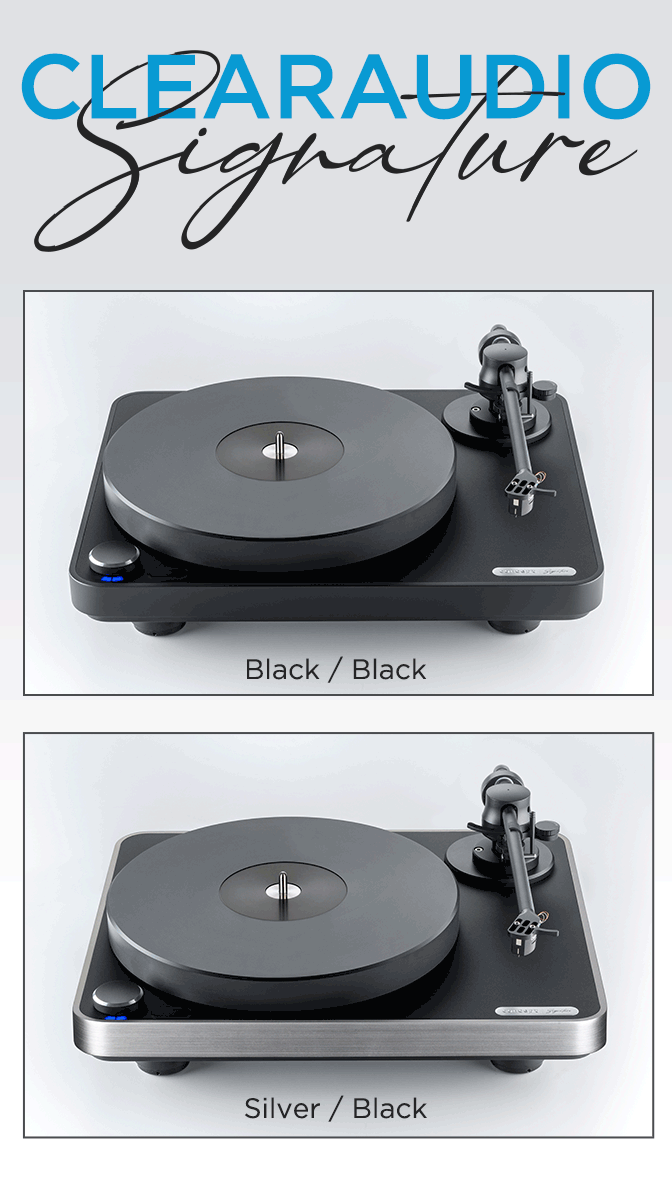
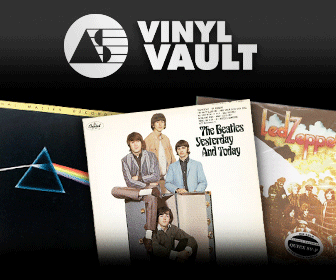
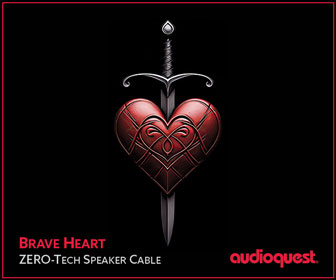
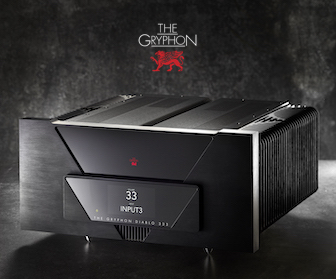
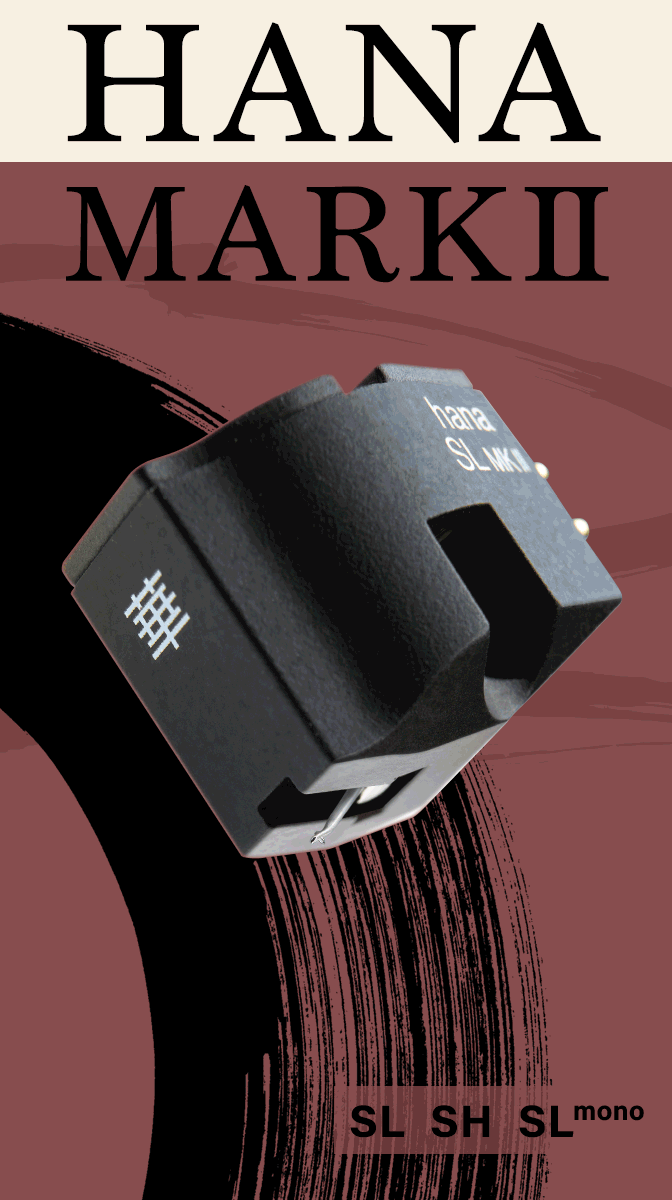


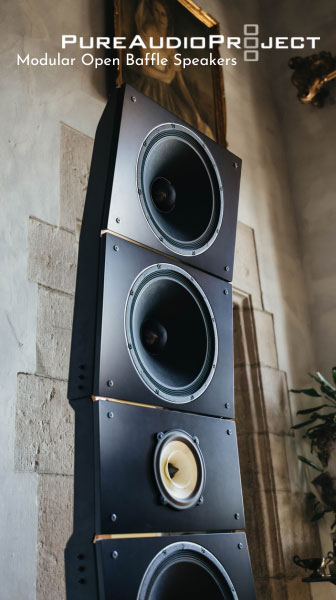
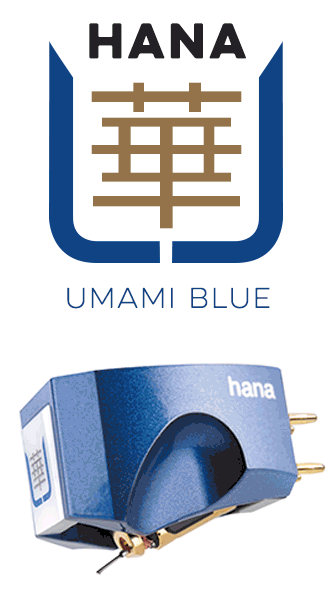





.png)








